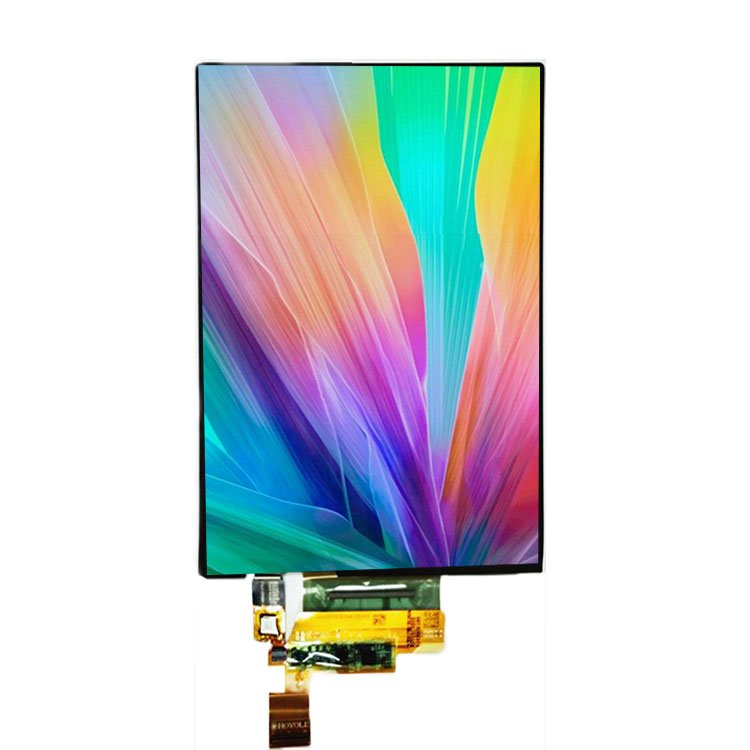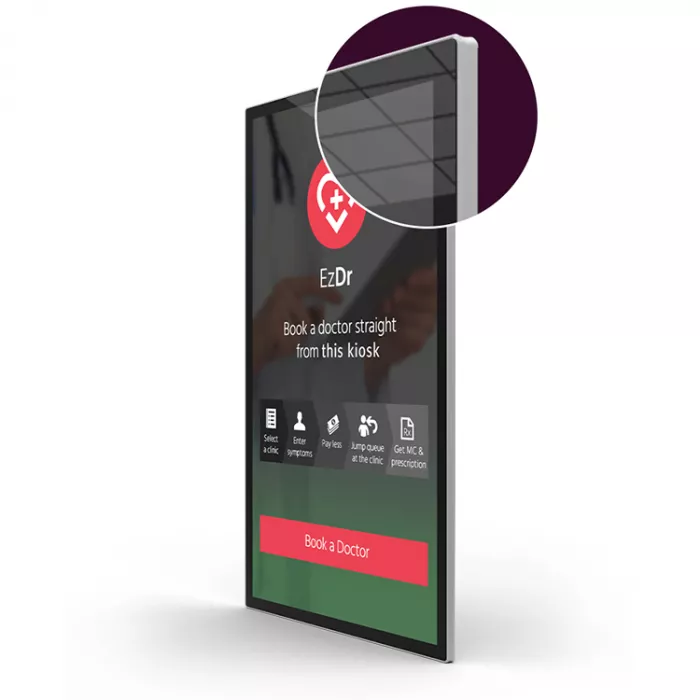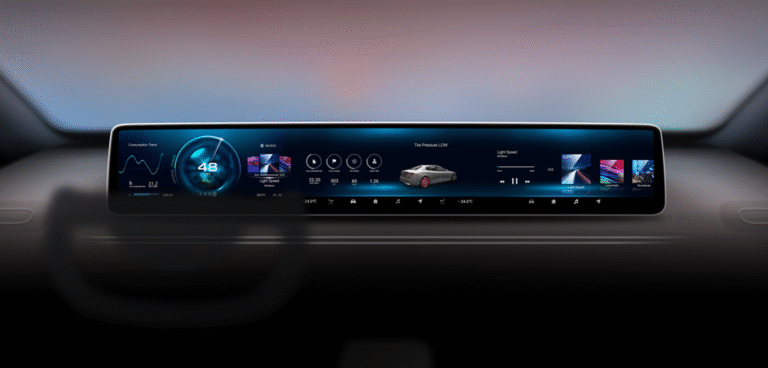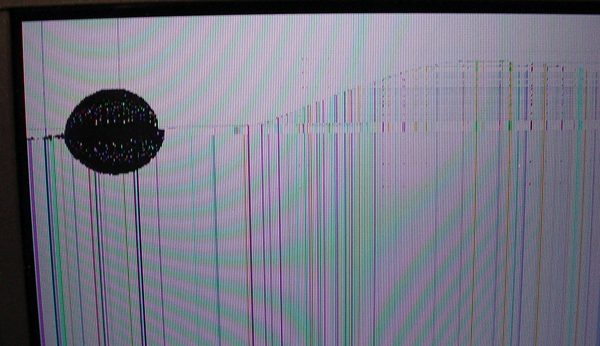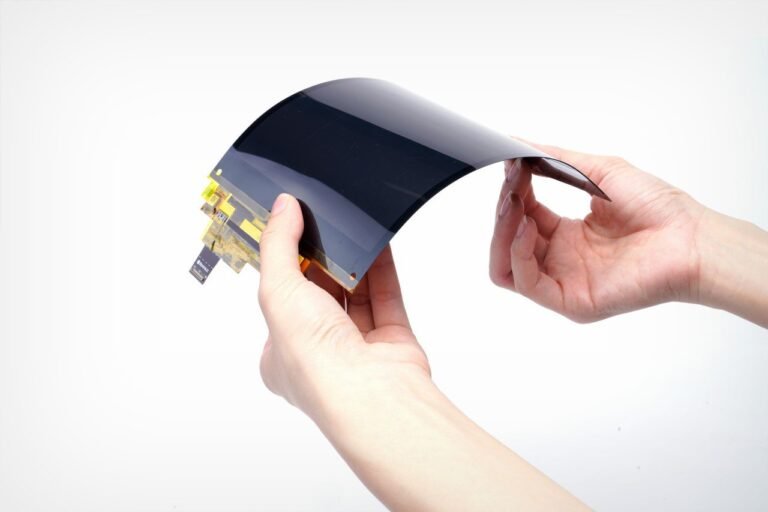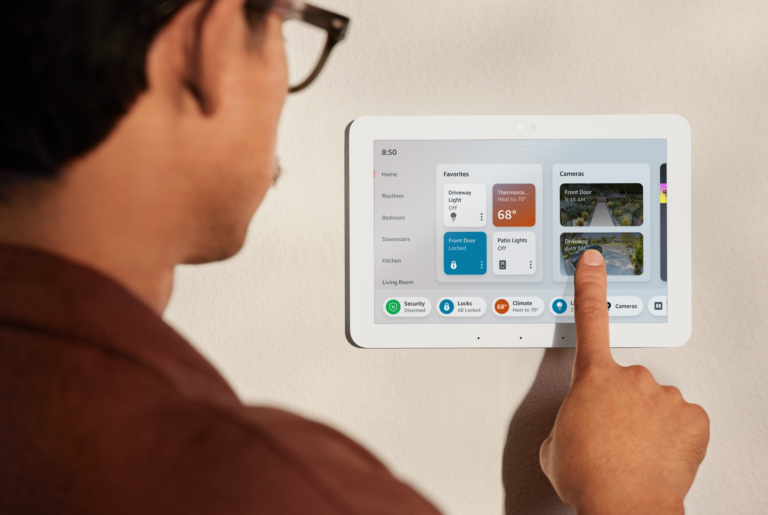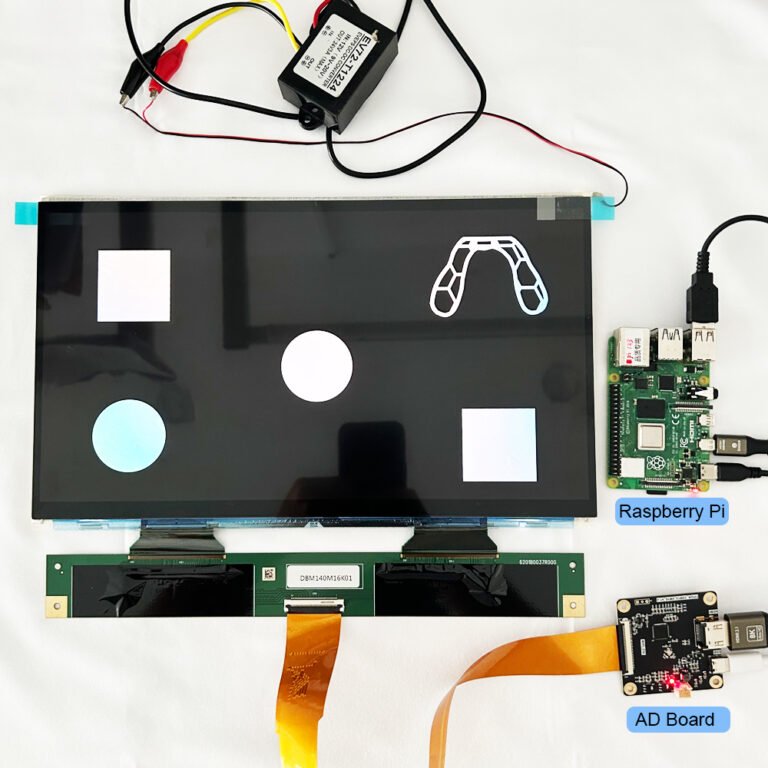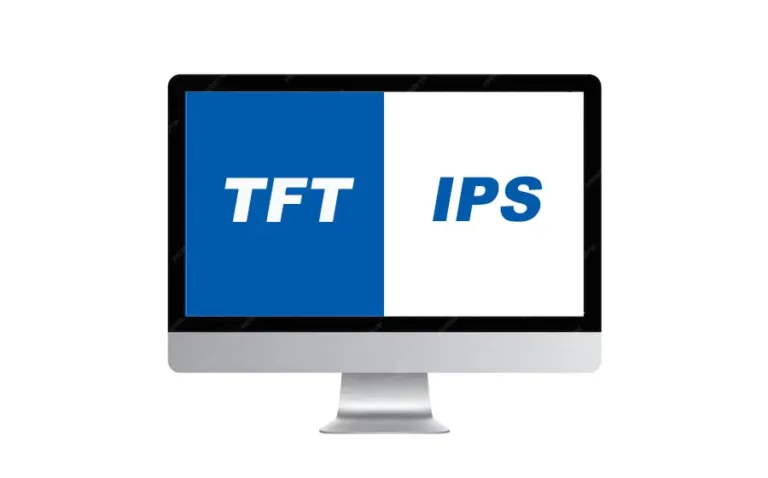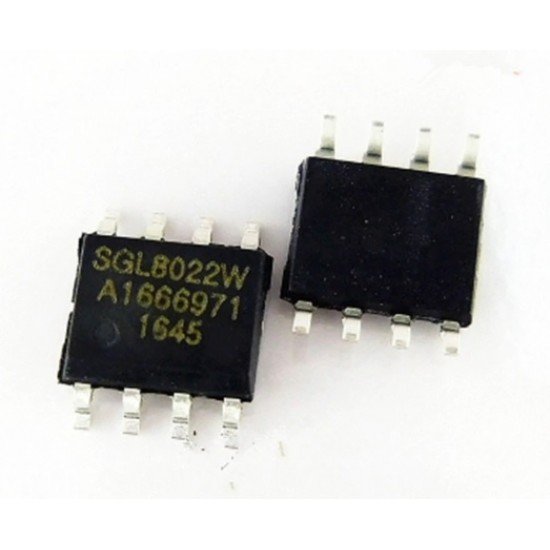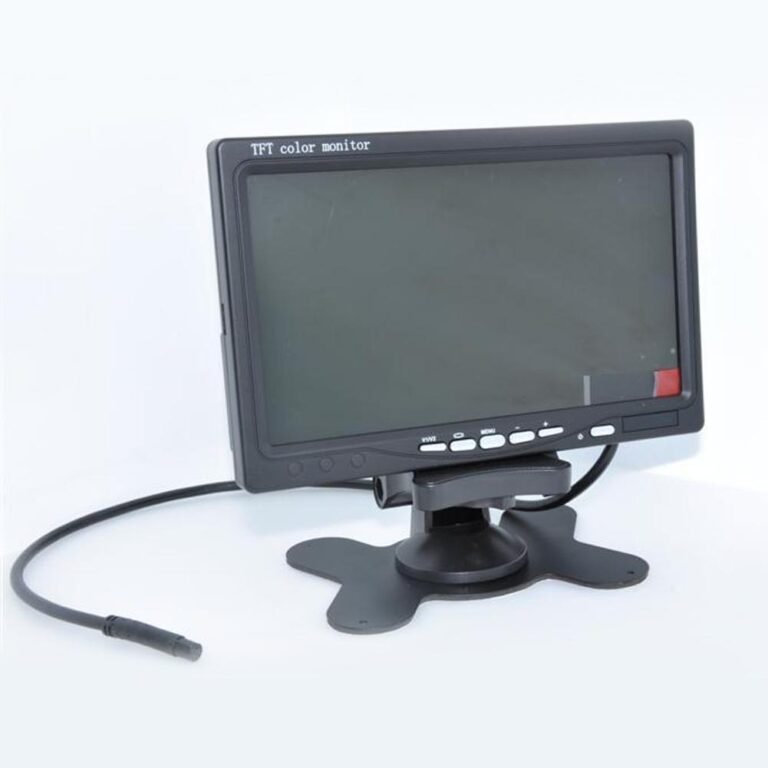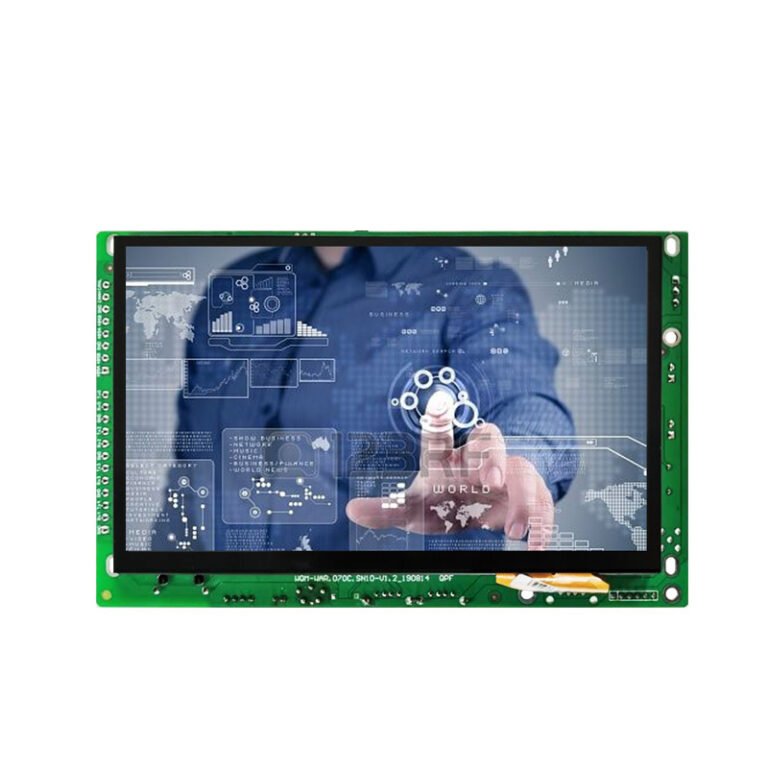Understanding the Basics: What is OLED Display?
アン OLED display is a type of flat-panel display technology that uses organic compounds to emit light when an electric current passes through them. Unlike LCDs (Liquid Crystal Displays), which rely on a backlight to illuminate pixels, OLED displays are self-emissive. This means each pixel generates its own light and can be turned on or off independently.
The result is true black levels, infinite contrast ratios, and vibrant color reproduction, making OLED one of the most visually impressive display technologies available today.
How Does OLED Display Technology Work?
OLED displays consist of multiple thin layers of organic material sandwiched between electrodes. When voltage is applied, electrons and holes combine in the emissive layer, producing light.
The structure typically includes:
- Substrate layer: Provides mechanical support (often glass or flexible plastic).
- Anode layer: Removes electrons, creating “holes” that attract electrons.
- Organic layers:
- Conductive layer (transports holes).
- Emissive layer (produces light).
- Cathode layer: Injects electrons.
Because each pixel is its own light source, OLED panels do not require bulky backlighting systems, resulting in thinner and lighter displays.
Types of OLED Displays
There are several variations of OLED technology, each optimized for different use cases:
- PMOLED (Passive Matrix OLED):
Simple design, cost-effective, but limited in resolution and size. Suitable for wearables and small displays. - AMOLED (Active Matrix OLED):
Uses thin-film transistors (TFTs) to control each pixel. This enables higher resolutions, faster refresh rates, and better efficiency. Widely used in smartphones, tablets, and TVs. - Flexible OLED:
Built on plastic substrates, enabling curved, foldable, and rollable displays. - Transparent OLED:
Allows light to pass through when not in use, opening possibilities in smart windows, automotive displays, and retail signage.
OLED vs LCD: The Core Differences
To understand why OLED is considered superior in many cases, let’s compare OLED vs LCD:
| 特徴 | OLED Display | LCD Display |
|---|---|---|
| 光源 | Self-emissive (each pixel lights up) | Requires backlight |
| ブラックレベル | True black, infinite contrast | Greyish blacks due to backlight bleed |
| ビューイングアングル | Wide, consistent colors | Narrower, color shifts at angles |
| 厚み | Ultra-thin, flexible options | Thicker due to backlight layers |
| 電力効率 | More efficient for dark content | Consumes more power overall |
| 寿命 | Limited by organic material aging | Longer lifespan in static use cases |
Advantages of OLED Displays
- True Black and Infinite Contrast
Since pixels can be turned off completely, OLED achieves perfect blacks and stunning contrast ratios. - Superior Color Accuracy
OLED can reproduce a wide color gamut, making it ideal for HDR content. - Thinner and Lighter Designs
With no backlight required, OLED displays can be ultra-thin and even flexible. - Faster Response Times
OLEDs offer near-instant pixel response, reducing motion blur in gaming and video. - 柔軟な応用可能性
折りたたみスマートフォン、曲面テレビ、自動車用HUD(ヘッドアップディスプレイ)を実現。
OLEDディスプレイの制約事項
- 焼付現象
静的な画像を長時間表示すると、残像や「焼付き」が発生する可能性があります。 - 青色画素の寿命短縮
青色有機材料は劣化が速く、長期的な色精度に影響を及ぼす可能性があります。 - コストの高さ
OLEDパネルの製造コストはLCDよりも高く、特に大型ディスプレイでは顕著です。 - 輝度の制約
コントラスト性能に優れるOLEDですが、ピーク輝度は高級LCD(Mini-LEDなど)に劣る場合があります。
OLEDディスプレイの応用分野
OLED技術は、視覚的性能とデザインの柔軟性が重視される産業で広く採用されています: 視覚的性能とデザインの柔軟性 が重要な領域:
- 家電製品:スマートフォン、タブレット、ノートパソコン、テレビ。
- ウェアラブルデバイス:スマートウォッチ、フィットネスバンド、AR/VRヘッドセット。
- 自動車用ディスプレイ:デジタルダッシュボード、インフォテインメントシステム、HUD。
- 医療分野:医療用画像表示装置およびモニタリング機器。
- 小売・広告業界:透明OLEDサインやフレキシブルディスプレイ。
OLEDディスプレイが未来を牽引する理由
OLEDは単なるトレンドではなく、表示技術の根本的な変革を体現しています。製造効率、材料耐久性、フレキシブルデザインの継続的改善により、今後10年間で高級ディスプレイ市場を支配すると予測されています。 製造効率、材料耐久性、フレキシブルデザインの継続的進化により、OLEDは今後10年で高級ディスプレイ市場を牽引すると期待されています。
巻き上げ式テレビ、折りたたみスマートフォン、拡張現実(AR)グラスといった新興領域は、 巻き上げ式テレビ、折りたたみスマートフォン、拡張現実(AR)グラス の実現が可能なのは、OLEDの柔軟性と自己発光特性によるものです。
OLEDディスプレイを選ぶべきか?
答えはニーズによって異なります:
- 画質、色精度、高級デザインを最優先する場合、 画質、色精度、高級デザインにはOLEDが最適な選択です。
- 長寿命かつコスト効率に優れたソリューションを求める場合、 コスト効率と長寿命では依然としてLCDに利点があります。
現代の消費者向けアプリケーションの多くでは、OLEDが美学と性能の理想的なバランスを提供します。 美学と性能の理想的なバランス.
結論
では、 OLEDディスプレイとは何か?本質的には、 自己発光型の有機材料ベース表示技術 であり、優れたコントラスト、鮮やかな色彩、革新的なフォームファクターを実現します。コストや焼付きといった課題はあるものの、OLEDはスマートフォンからスマートシティまで、産業を超えてスクリーンの未来を形作り続けています。
没入型体験と洗練されたデザインへの需要が高まる中、OLEDはデジタルコンテンツとの相互作用を再定義する基盤技術としての地位を確立しています。


